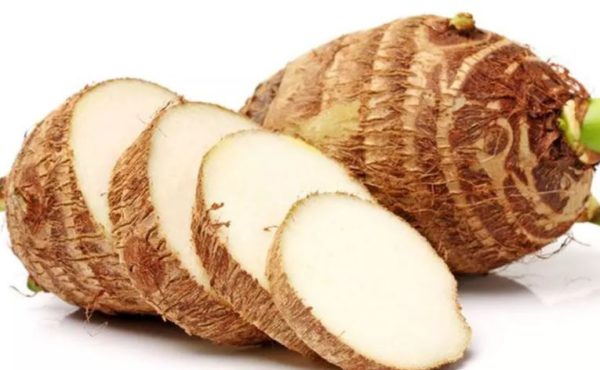
When it comes to fulfilling our nutritional requirement, we really don’t need to look far for foods that fulfil it. There are some foods that we have been eating all our lives but they somehow slid into oblivion.
Taro root does not just brings good taste but also numerous health benefits to the plate. Yet, it remains devoid of the recognition it truly deserves.
It is a starchy root vegetable that has a brown-coloured fibrous exterior and a white, slightly slimy flesh inside.
Both the leaves and root/tuber/corm are used for cooking. It carries a unique mix of a deep nutty and a mild sweet taste. The vegetable is usually turned into a savoury dish but it can also be used to create sweet dishes.
Below are the health benefits of Taro root:
1. Weight loss
Taro roots is an excellent source of dietary fibre that keeps us full for a long time and prevents high intake of food. A 100 gram portion of it contains 5.1 grams of fibre. Its low caloric content also facilitates weight management and aids in losing extra kilos.
2. Helps in combating diabetes
Taro root is a known low glycaemic food that slows down the process of breaking down of glucose in the liver. It also contains resistant starch that is not easily absorbed and digested. This slows down the rise of blood sugar level after a meal. Its corm is packed with complex carbohydrates, which is again not easily digestible.
3. Protects heart
The high fibre content of taro root reduces the cholesterol level in the body. It is a zero fat and zero cholesterol food. It also contains a good amount of vitamin E that fights off cardiovascular issues to a large extent.
4. Provides a number of antioxidants
Taro root contains plant-based compounds called polyphenols (mainly quercetin) that may provide protection from deadly diseases like cancer. Its leaves, teeming with antioxidants, beta carotenes and vitamin A, work to provide overall wellness.
5. May control hypertension
Taro root is a zero fat and low sodium food that meets the requirement of a diet charted out for patients with high blood pressure.

